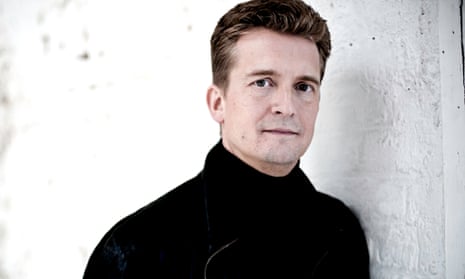This was less a replacement, more of an upgrade: violinist Midori pulled out of her all-Bach solo concert due to illness, so the Southbank grabbed Christian Tetzlaff. He kept the programme mainly Bach, but added Bartók’s inspired Sonata for Solo Violin, which pays homage to the Chaconne from Bach’s Partita No 2 and therefore fitted in seamlessly.
Tetzlaff has recorded Bach’s unaccompanied violin works twice already, but his performances here still seemed like works in progress, in the best sense. Yes, there were passages that he rushed through headlong, as if he were so focused on the destination that he had forgotten the audience needs also to hear the journey. Generally, though, there was a searching, ephemeral quality to his playing, characterised by lightness; the times when he chose to bring out his fullest, most muscular tone really made an impact. There were plenty of those moments in the Bartók, which he played masterfully, the gleeful virtuosity of the faster movements throwing the elegiac melody of the Adagio into relief.
For the Bach he adopted a gentler tone, subtly different for each work. With its almost rhapsodic opening movement and its taxing Fugue, the A minor Sonata No 2 was a sometimes elusive concert-opener, hard to pin down; the slow movement, however, was firmly grounded, Tetzlaff letting the melody sing persuasively while touching in pulsing notes of accompaniment.
For the D minor Partita No 2 he chose a more decisive, solid tone, and the fiery opening of its Chaconne announced that this was to be a movement on a whole new scale; the propulsion in Tetzlaff’s playing gave it overarching shape. The E major Partita No 3 was different again, sunny and with an almost throwaway levity. The encore, the largo of the Sonata No 3, rounded the performance off somewhere close to where it had begun, in a rapt atmosphere of focused introspection.

Comments (…)
Sign in or create your Guardian account to join the discussion